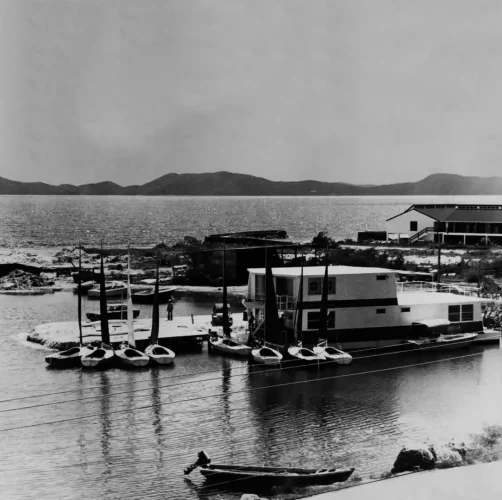State of the Market:
Constructing Change in the Caribbean
Continuing the trend from 2010, this year we have seen a vast disparity in construction costs over the region.
What is most interesting this year is the forecast for declining construction costs up to 2015 as both the global and regional markets take stock of the current and forecasted economic climates. This in turn leads to the reasonable prediction that the property and construction industries will be forced into taking measures to keep their markets moving and generating income. An example of a regional government actively looking to mitigate the effects of the recession can be demonstrated by the reduction in stamp duty in property transactions in the Turks and Caicos Islands. The British Virgin Islands, as well as many other countries, are encouraged by steady or increasing tourist arrival numbers and are looking at demonstrating to the airlines a requirement for increased airlift, which in turn will bring more foreign currency into government and private coffers. Individual governments are also looking at improving infrastructure to service this requirement as well as to put money into the private sector to encourage employment.

The most significant change in construction cost escalation occurs in Jamaica, which can be explained by changes in legislation, namely the increase in Value Added Tax and Import Duty as well as a 17 percent levy on unionised labour costs. It is yet to be seen whether this will be a positive change, but what it does do is raise the cost of construction in one of the hitherto lowest cost Caribbean construction environments.
The Virgin Islands and many other jurisdiction have noticed a much shallower cost increase curve for year 2011. However, the report noticed that Barbados, TCI and the Bahamas had seen large profit margins in construction up to 2008, and a minor reduction in overall costs. Findings show that times remain very uncertain and that costs are fluid, as we predict that most markets will begin to show a reduced construction cost into 2012. Feedback from our individual offices, however, demonstrates that contractors’ percentage for profit and tender mark-up has become slightly more bullish over 2011, and it remains to be seen whether savings associated with predicted reductions on material prices will be passed on to the end customer. Market forces will decide this.
The steadiest construction environments can be described as being in those countries which had not experienced expediential growth from the early 2000s. Established and organically growing construction environments have of course suffered less than those less mature and reactive jurisdictions. In the latter type of country, the established practices and construction companies which were in business pre-boom generally continue to operate on a reduced overhead meaning that the expertise remains in place.
Costs can vary greatly for the same types of building in any single construction environment, which can be explained by the vast number of nuances between any number of construction projects. For this reason we have changed the format of our indicative construction costs and individual rental and sales values to demonstrate a cost or value range per building type per country. For example, we can now see that construction costs for the same type of building in the Bahamas can vary by more than 50 percent. The Bahamas is the most extreme example, but this is perhaps demonstrative of its geographic make up, accessibility and provision of infrastructure, which differs island to island. Of course, there are also the factors across any building project which makes a range helpful in terms of choice of finish materials, impact of import duties, availability of local materials, artisans, etc.
Our figures may suggest that if the pockets are deep enough, the next few years may be a good time to build, however, now more than ever, what this also demonstrates is the importance of achieving best value. This involves the reduction of risk on any construction project through proper project planning, controlled design development and the definition and agreement of construction prices and contractual obligations. The now historic year on year increase in property value is no longer able to mitigate the risks associated with poor planning or performance.
An electronic copy of the 2011 Market Trend Report is available at www.bcqs.com





